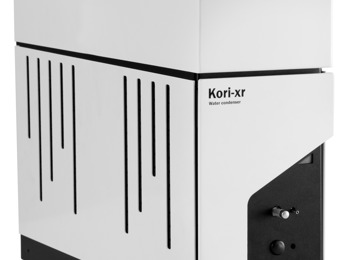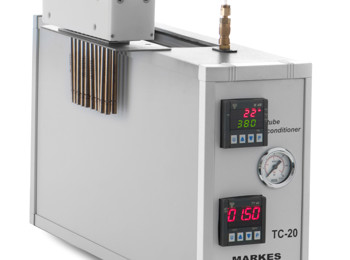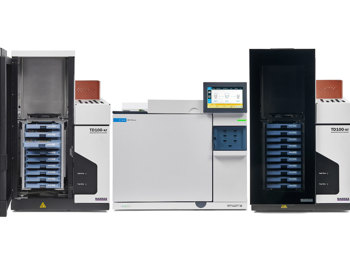Search results

Thermal desorption instrumentation
World-leading thermal desorption instruments for GC | Tubes, canisters and online
Read more
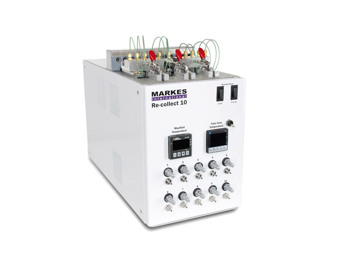
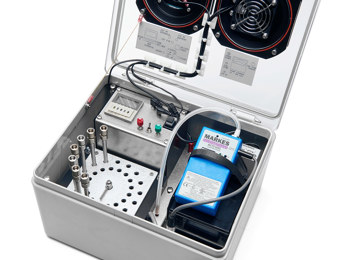
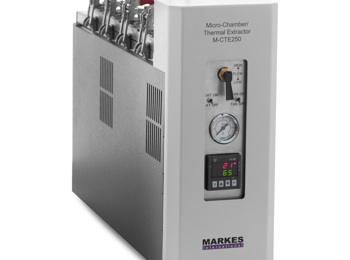
Micro-Chamber/Thermal Extractor
Fast and flexible sampling of chemical and odours released from materials and food
Read more